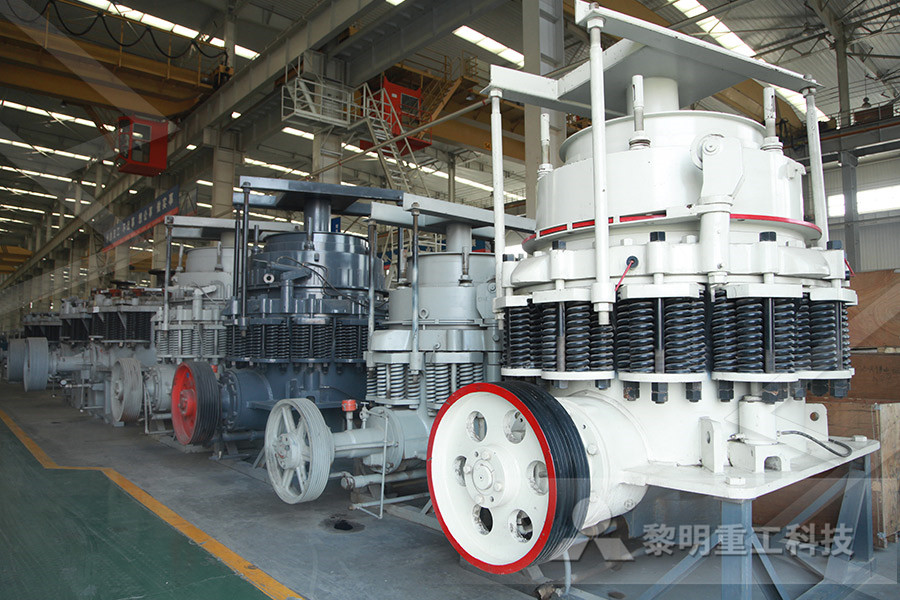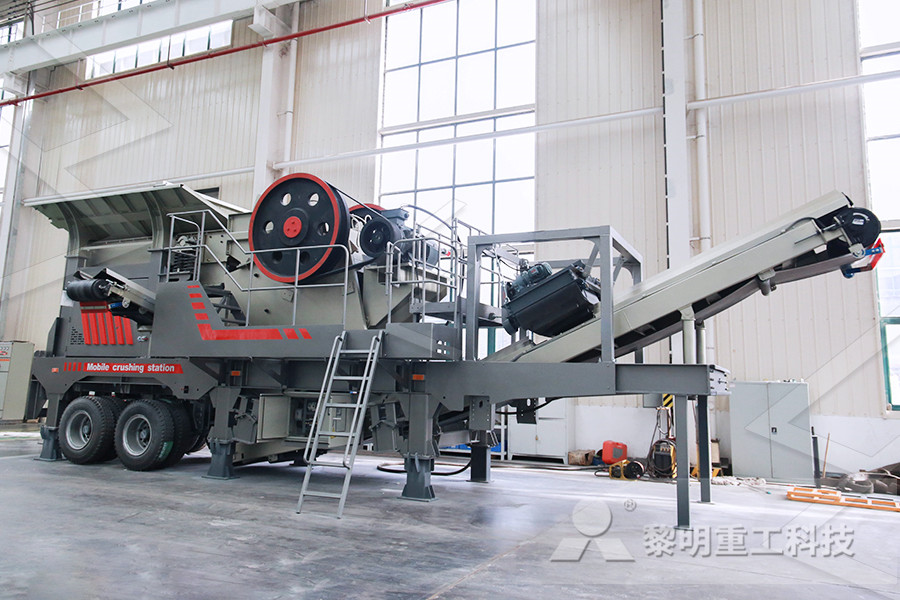
USA Leaching of chromium, nickel, cobalt and
USA US25882A USA USA US A US A US A US 25882 A US25882 A US 25882A US A US A US A US A US A US A Authority US United States Prior art keywords chromium ore nickel metals cobalt Prior art date Legal status (The legal status is an assumption and is not a legal conclusionA process is disclosed to extract metal values selected from the group consisting of cobalt, molybdenum, nickel, tungsten, and vanadium from metalcontaining particles, such as spent hydroprocessing catalyst particles containing carbon residue In this process, the spent catalyst particles are roasted in an oxygencontaining gas at a temperature of from 400degreeUS Patent for Leaching cobalt, molybdenum, nickel, and A finely divided product containing Ni and Fe is dissolved in a sulfatecontaining solvent in at least two stages and in the presence of an alkali metal and an oxidant for preciptating the Fe as alkali jarosite while Ni remains in solution which is subjected to an aftertreatment Similar processes can be used to separate cobalt and/or chromium from products containing either or both of these USA Separating nickel, cobalt and chromium

Consecutive or Simultaneous Leaching of Nickel and
USA1 chemical patent summary USB2 chemical patent summary A process for the recovery of nickel and cobalt from laterite ores, the process including the steps of: a) beneficiating the ore to separate it into a beneficiated upgraded ore fraction and a coarse, siliceous low grade rejects fraction which is substantially free from fines and clay materials; b) separately processing the upgraded ore fraction for the Process for recovery of nickel and cobalt by heap leaching USA USA USA USA US A US A US A US A US A US A US A US A US A US A US A US A Authority US United States Prior art keywords nickel zinc cobalt liquor solution Prior art date Legal status (The legal status is an assumption and is not a legal USA Separation of nickel and cobalt Google

Pressure leaching of nickel and cobalt sulphides with
A method of pressure leaching nickel and cobalt from sulphidic precipitates is provided, wherein such precipitates are leached with chlorine at a controlled redox potential of between 400 and 550 mV (Ag/AgCl), catalysed by copper, and at a temperature of between 120° and 160° C, to dissolve at least 80% of cobalt and to oxidize less than 10% of sulphur to sulphateWhat is claimed is: 1 A hydrometallurgical process for the recovery of nickel and cobalt comprising the steps of a providing an aqueous feed solution containing nickel, cobalt, and at least one impurity selected from the group consisting of manganese, magnesium, calcium, aluminum, iron(II), and chromium(III) ions; b contacting the feed solution with a solid ion exchange resin to form a RECOVERY OF NICKEL AND COBALT FROM ORE William A process is provided for the selective recovery from an impure solution of pure nickel and cobalt solutions, suitable for electrolysis of the respective metals The impure solution may be that obtained from acid leaching of nickel/cobalt bearing laterite or oxide ore The impure solution is contacted with a solid ion exchange resin to selectively extract nickel and cobalt, while rejecting at USA1 Recovery of nickel and cobalt from

US Patent for Leaching cobalt, molybdenum, nickel, and
A process is disclosed to extract metal values selected from the group consisting of cobalt, molybdenum, nickel, tungsten, and vanadium from metalcontaining particles, such as spent hydroprocessing catalyst particles containing carbon residue In this process, the spent catalyst particles are roasted in an oxygencontaining gas at a temperature of from 400degreeA process for recovering nickel and cobalt values from nickel and cobaltcontaining laterite ores as an enriched mixed nickel and cobalt sulphide intermediate and for producing nickel and cobalt metal from the nickel and cobalt sulphide intermediate The laterite ore is leached as a slurry in a pressure acid leach containing an excess of aqueous sulphuric acid at high pressure and temperature US Patent for Recovery of nickel, cobalt, iron, silica What is claimed is: 1 A hydrometallurgical process for the recovery of nickel and cobalt comprising the steps of a providing an aqueous feed solution containing nickel, cobalt, and at least one impurity selected from the group consisting of manganese, magnesium, calcium, aluminum, iron(II), and chromium(III) ions; b contacting the feed solution with a solid ion exchange resin to form a RECOVERY OF NICKEL AND COBALT FROM ORE William

US Patent for Process for recovery of nickel and cobalt by
A process for the recovery of nickel and cobalt from laterite ores, the process including the steps of: a) beneficiating the ore to separate it into a beneficiated upgraded ore fraction and a coarse, siliceous low grade rejects fraction which is substantially free from fines and clay materials; b) separately processing the upgraded ore fraction for the recovery of nickel and cobalt; and c Abstract: Aqueous effluent solutions containing metal cations may be treated with an extractant comprising an organophosphinic acid, a di2ethylhexyl phosphoric acid and/or an aliphatic amine to selectively separate chromium, nickel, cobalt, copper and lead cations from the aqueous solution Typical extraction techniques include liquidliquid Leaching, Washing, Or Dissolving Patents and Patent Nickel and cobalt recovery from the clear pregnant leach solution can be done in various ways, but is complicated by the presence of many impurities, such as copper, iron, and manganese One method to selective extract only nickel and cobalt is by ion exchange, as described in Resininpulp method for recovery of nickel and cobalt

Process for extraction of nickel, cobalt, and other base
USA1 chemical patent summary USA1 chemical patent summary COVID19 Information Public health information (CDC) Research information (NIH) SARSCoV2 data (NCBI) Prevention and treatment information (HHS) Español; Dismiss National Institutes of Health National Library of Medicine Abstract The oxalic acid was employed to precipitate the ferrum, nickel cobalt and manganese from the leaching sulfate solution of ferrochrome alloy The amount of oxalic acid, reaction temperature and terminal pH of the chromium sulfate solution The new technique on separation of Cr and Fe as well as Ni The higher recovery of nickel and cobalt could be attributed to the higher redox potential of the solution As can be seen in Fig 6, the recoveries of copper, nickel, cobalt and iron were 55%, 98%, 59% and 40%, respectively, as obtained in the experiment at pH 18Bioleaching of copper, nickel and cobalt from the low

Leaching behavior of metals from a limonitic nickel
The leaching behavior of metals from a limonitic laterite was investigated using a sulfation–roasting–leaching process for the recovery of nickel and cobalt The ore was mixed with water and concentrated sulfuric acid followed by roasting and finally leaching with waterUSA1 chemical patent summary USA1 chemical patent summary COVID19 Information Public health information (CDC) Research information (NIH) SARSCoV2 data (NCBI) Prevention and treatment information (HHS) Español; Dismiss National Institutes of Health National Library of Medicine Process for extraction of nickel, cobalt, and other base Abstract: Aqueous effluent solutions containing metal cations may be treated with an extractant comprising an organophosphinic acid, a di2ethylhexyl phosphoric acid and/or an aliphatic amine to selectively separate chromium, nickel, cobalt, copper and lead cations from the aqueous solution Typical extraction techniques include liquidliquid Leaching, Washing, Or Dissolving Patents and Patent

US Patent for Process for recovery of nickel and cobalt by
A process for the recovery of nickel and cobalt from laterite ores, the process including the steps of: a) beneficiating the ore to separate it into a beneficiated upgraded ore fraction and a coarse, siliceous low grade rejects fraction which is substantially free from fines and clay materials; b) separately processing the upgraded ore fraction for the recovery of nickel and cobalt; and c An aluminumcobaltchromiumironnickelsilicon alloy has atomic percentages of 412 at % aluminum, 1525 at % cobalt, 2535 at % chromium, 48 at % iron, 1525 at % nickel, 1025 at % silicon, wherein the atomic percentage of aluminum plus silicon is between 1832 at % The disclosure applies the alloy design to develop a lowaluminum Al—Co—Cr—Fe—Ni—Si alloy composition, and has US Patent for Aluminumcobaltchromiumironnickel The higher recovery of nickel and cobalt could be attributed to the higher redox potential of the solution As can be seen in Fig 6, the recoveries of copper, nickel, cobalt and iron were 55%, 98%, 59% and 40%, respectively, as obtained in the experiment at pH 18Bioleaching of copper, nickel and cobalt from the low

Leaching behavior of metals from a limonitic nickel
The leaching behavior of metals from a limonitic laterite was investigated using a sulfation–roasting–leaching process for the recovery of nickel and cobalt The ore was mixed with water and concentrated sulfuric acid followed by roasting and finally leaching with waterThe publications from Jaguar Nickel [1, 2, 3,4] as well as the patent application [21] show that one of the two key original concepts of the highconcentration chloride laterite leaching circuit Atmospheric chloride leaching: The way forward for nickel Additional dietary sources, such as leaching from stainless steel cookware during food preparation, are not well characterized This study examined stainless steel grades, cooking time, repetitive cooking cycles, and multiple types of tomato sauces Stainless Steel Leaches Nickel and Chromium into Foods

Iron, aluminium and chromium coremoval from
Atmospheric leaching (AL) of lowgrade nickel laterite ores often produces leach liquor containing significant amounts of trivalent iron, aluminium and chromium ions These impurities are normally removed by increasing the leach liquor pH to precipitate these metals before the recovery of nickel, cobalt and other metal values The experiments of Kumar et al, 1990, Kumar et al, 1993, who studied the leaching of synthetic nickel and cobaltdoped goethite samples in mixtures of sulphuric and sulphurous acids, suggested that the incorporation of cobalt into the goethite structure is favoured over nickel and that surfaceinduced precipitation of nickel is preferred Atmospheric acid leaching of nickel laterites review: Part